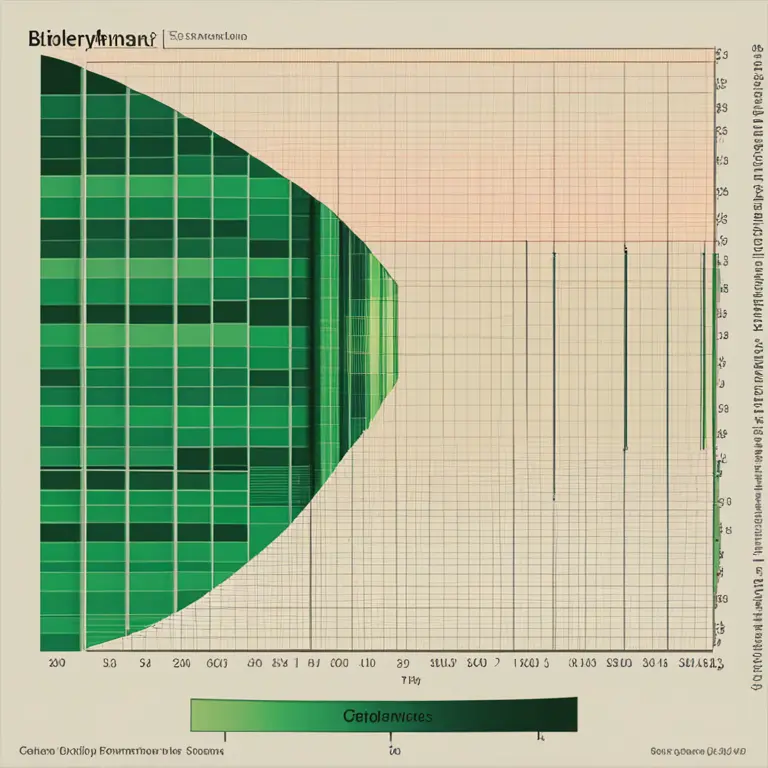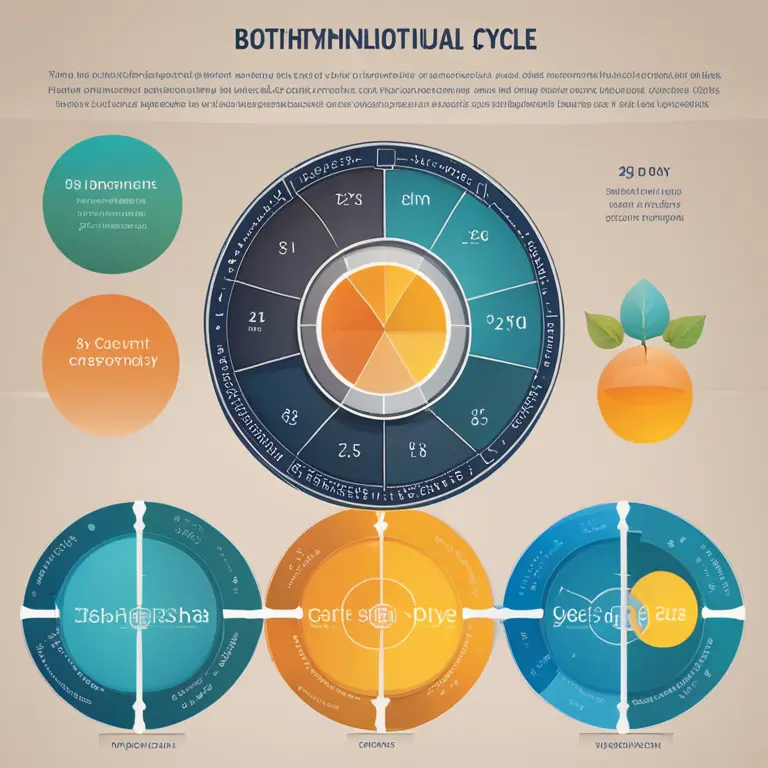
Exploring The Concept Of Biorhythms
Delve into the concept of biorhythms to understand the innate cycles that influence our physical, emotional, and intellectual well-being.
article by Adrian Wallace
Introduction to Biorhythms
Biorhythms are a complex dance of invisible cycles that, according to some beliefs, govern the ebb and flow of human capacities. The notion of biorhythms posits that from the moment of birth, individuals begin to experience synchronized rhythmic patterns that shape their physical, emotional, and intellectual abilities. Initially brought to prominence in the early 20th century, the theory has since evolved, adapting to contemporary understandings of biology and behavior. This exploration begins with the fundamental components of biorhythms and their purported impact on daily life.

The Trio of Cycles
The primary biorhythmic cycles are usually divided into three distinct areas: physical, emotional, and intellectual. Each has a specific period: the physical cycle is 23 days, the emotional cycle is 28 days, aligning with lunar patterns, and the intellectual cycle spans 33 days. These cycles are said to oscillate between positive and negative phases, with a high phase representing an optimal state for related activities and a low phase suggesting a time for caution and recovery. Critics, however, argue that evidence supporting the direct influence of these cycles is scant, urging a skeptical view towards their predictive capabilities.

Interpreting Biorhythm Charts
Biorhythm charts illustrate the peaks and troughs of an individual's cycles, potentially serving as a personal roadmap for physical, emotional, and intellectual vigor. With modern advancements, creating these charts has become a matter of entering one's birth date into an algorithmic calculator, which then projects future cycle trends. Many adherents use these forecasts to make informed decisions about activities, relationships, and health. However, it bears repeating that the scientific community remains divided on the validity of these charts, advocating for a balanced perspective weighed alongside other personal health metrics.

Biorhythms and Daily Performance
The practical applications of biorhythms suggest that by understanding one's own cycles, individuals can optimize their day-to-day performance. For instance, a favorable week in one's physical biorhythm might be an opportune time to start a new fitness regimen or take on physically demanding tasks. Conversely, awareness of a low point emotionally might lead someone to avoid situations that could induce unnecessary stress. This approach to biorhythms encourages self-awareness and deliberate life planning, if one is inclined to accept the premise of these influential cycles.

Biorhythms in the Technological Age
Technology's advance has brought biorhythms into the digital era. The availability of apps and online calculators has made personal biorhythm tracking more accessible than ever before. Future integrations might include artificial intelligence that could identify personal patterns with greater complexity, potentially offering insights beyond the traditional triad of cycles. This could redefine personal optimization and wellness strategies, assuming the concept garners more empirical support in the coming years.
Debate and Research
The study of biorhythms is not without its controversies; many researchers challenge the field, citing a lack of empirical evidence and reproducibility. Nonetheless, recent years have seen a mild resurgence of interest, as the holistic health movement gains traction and people seek out alternative wellness methodologies. Ongoing research in chronobiology, the science of biological rhythms, may yet uncover more information about how cyclic patterns operate within human physiology, lending new perspectives to the biorhythm debate.
Conclusion
While the concept of biorhythms engenders a mixture of fascination and skepticism, it remains an intriguing aspect of the holistic wellness conversation. Should future science validate aspects of the biorhythm theory, it could spark a paradigm shift in how we approach personal health and productivity. Until such a consensus is reached, biorhythms stand as a personal choice, resonating with those who feel attuned to the rhythmic pulses outlined by the theory.
Published: 1/25/2024
Modified: 1/25/2024
More predictions
Come back here soon to learn more about yourself and your future


Your Biorhythm Horoscope Handbook
Discover the intriguing intersection of biorhythms and astrology. Learn how tracking your biological cycles can provide insights into your physical, emotional, and intellectual well-being.


The Human Biorhythm Cycle: Patterns of Life's Ebb & Flow
Delve into the human biorhythm cycle, a compelling concept in the holistic understanding of our physiological and emotional patterns over time.


The Intersection of Biorhythms & Astrology Explored
Discover the link between biorhythms and astrology to gain insights into your life's patterns and potential.